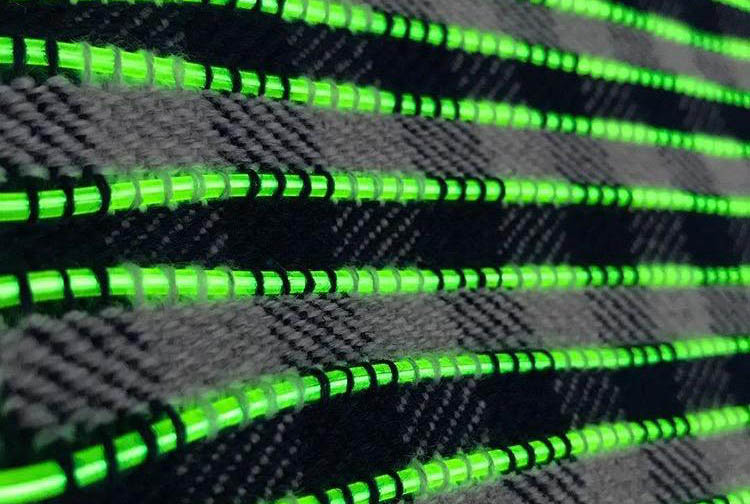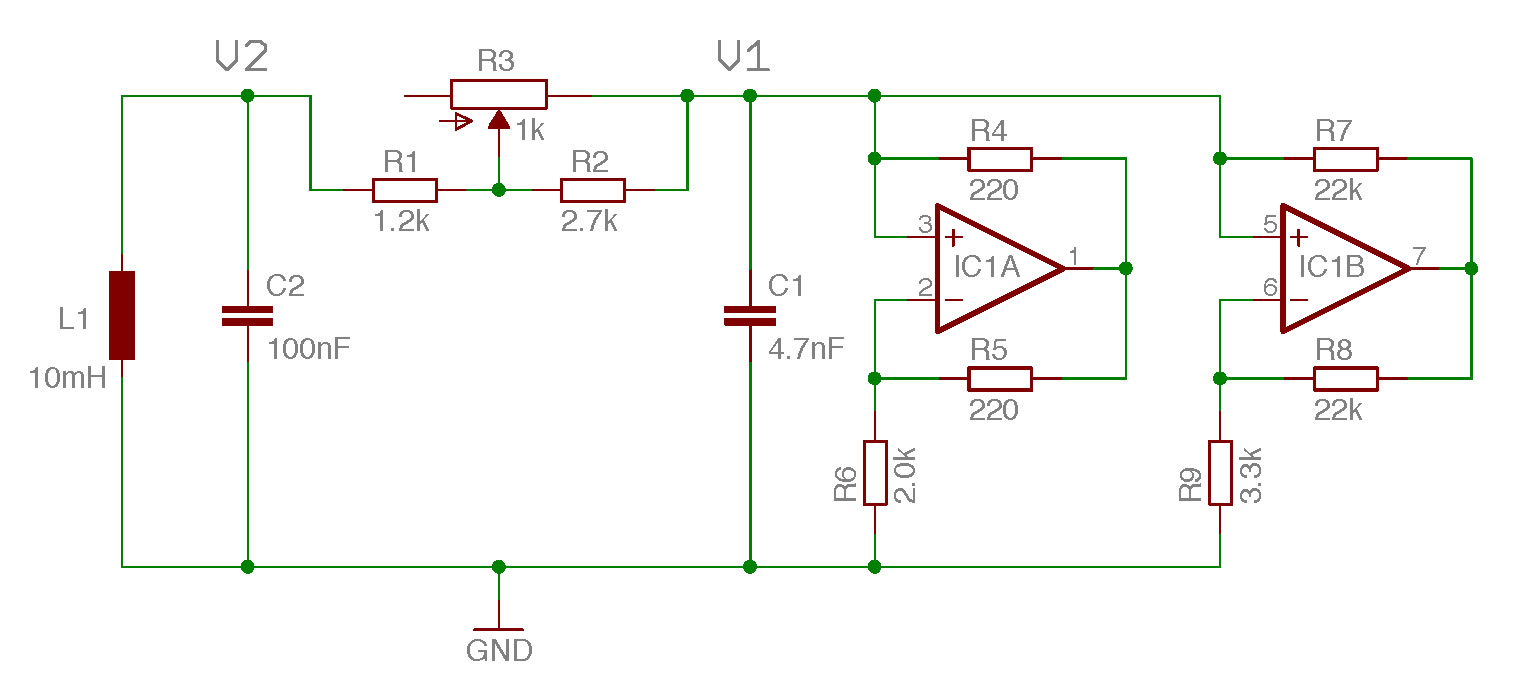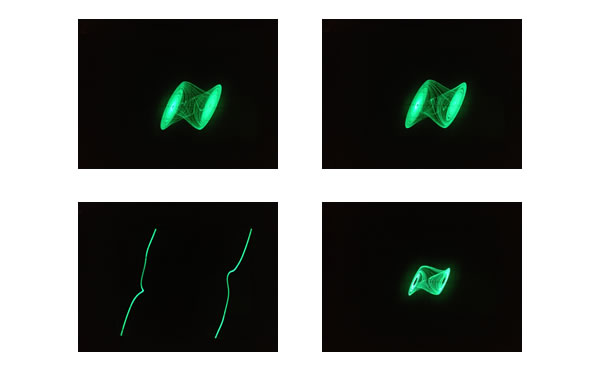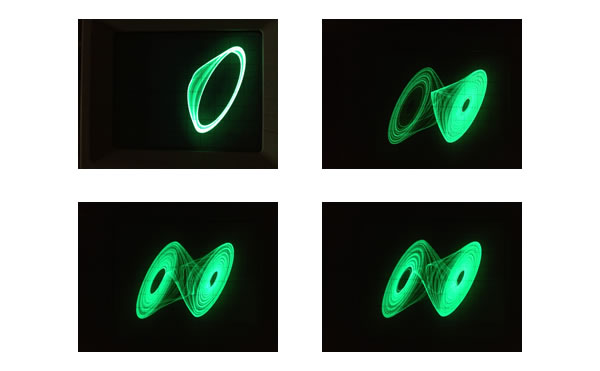Kirk Martinez, Professor of Electronics and Computer Science at the University of Southampton has been selected by the American Geophysical Union (AGU) Honors Program in recognition of his internationally acclaimed work on environmental sensor networks.
He will deliver the Leptoukh Lecture keynote at the AGUâs annual conference in New Orleans this December.
Kirk has used technology to study the environment in several high profile projects as he established a reputation as a leading expert in Internet of Things sensing research.
Research interests across a 20-year career within Southamptonâs Department of Electronics and Computer Science have ranged from observing the hydrological processes of the Cairngorm plateau through to innovating autonomous sub-glacial probes for glaciology research.
The Leptoukh Lecture, which is named after the late Dr Greg Leptoukh from NASAâs Goddard Space Flight Center, is arranged by the AGUâs Earth & Space Sciences Informatics Group and recognises outstanding work being pioneered within the computational and data sciences. âIt is wonderful to be recognised by the AGU, which has helped to build this interdisciplinary area into its massive event,â? he says.
The University of Southamptonâs Glacsweb project has been monitoring glacier behaviour under Kirkâs direction as a Principal Investigator since 2003. The programme, which has benefited from five grants ranging from the Engineering and Physical Sciences Research Council (EPSRC) to the Leverhulme Trust, has contributed to fundamental research in glaciology and wireless sensor networks.
Glacsweb has been deployed in Norway and Iceland, placing custom sensor probes in, on and under glaciers. In 2016, the team also worked with Formula E in Greenland to deploy a live Iceberg Tracker, which is being further developed for deployment in Iceland this summer. His team also deployed the first environmental sensing system based on modern internet and web standards, in the Cairngorm Mountains of Scotland.
You can find out more about these projects at: glacsweb.org and mountainsensing.org




